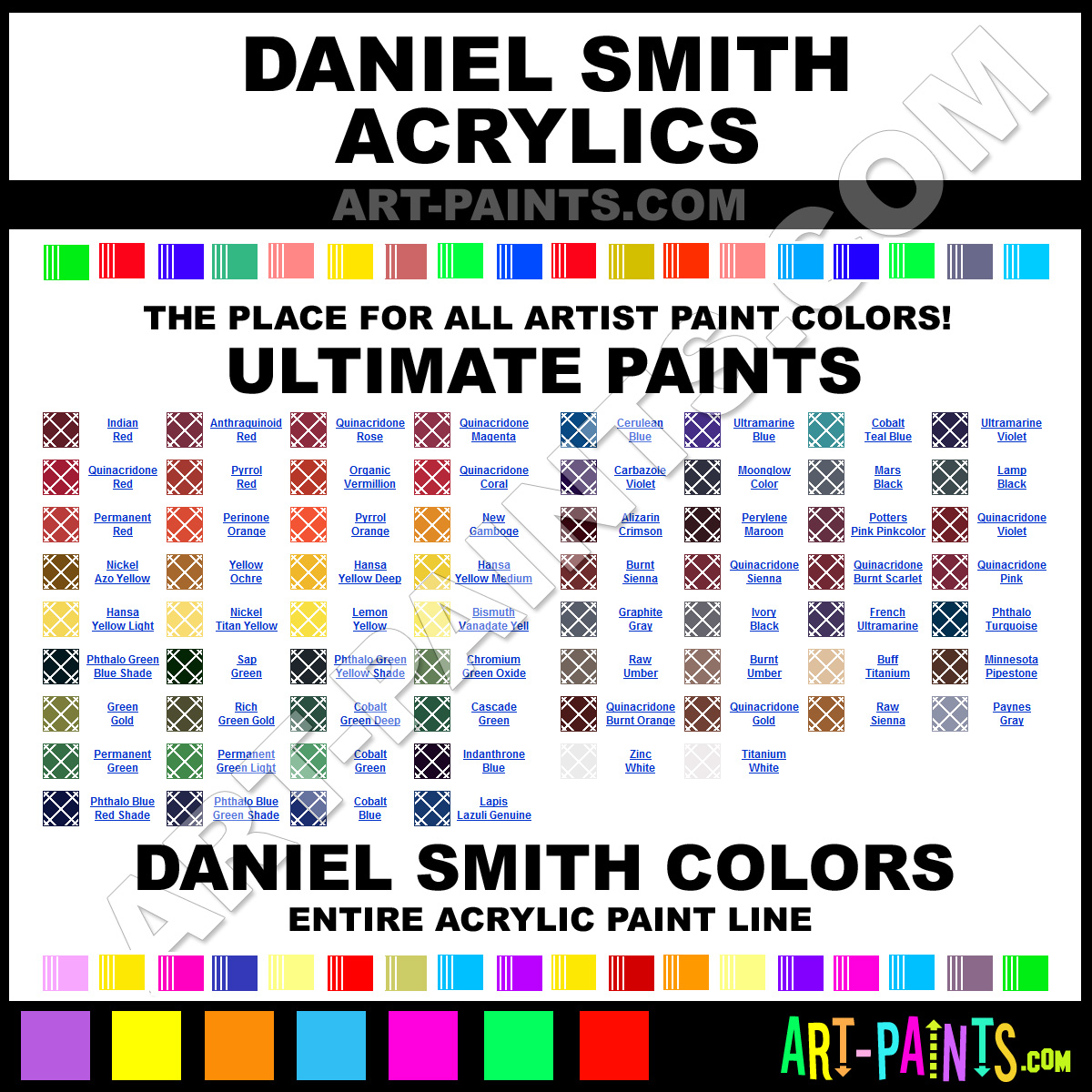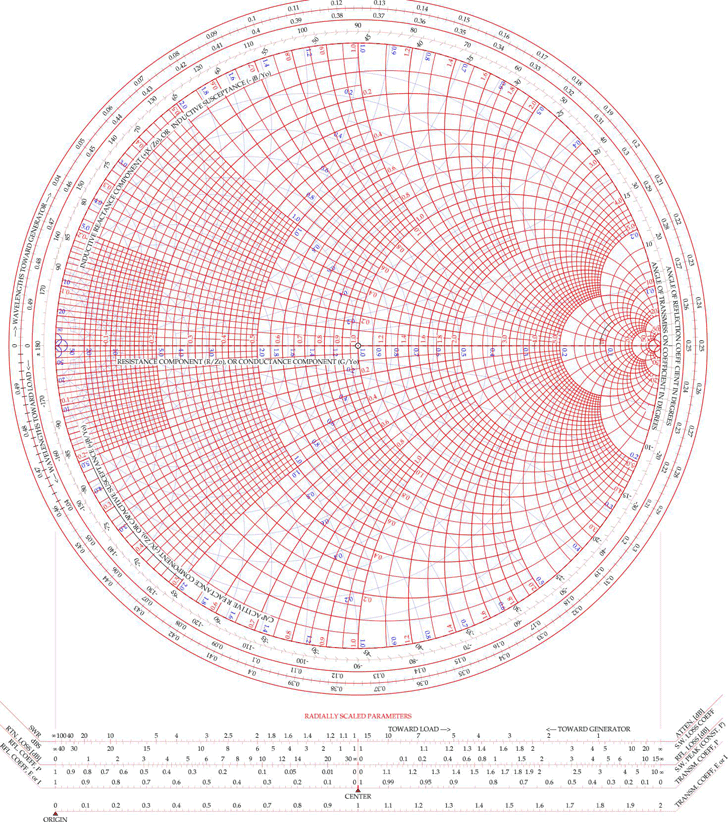

Mixing colors is an almost an art in itself and it is a very good investment of your time to create some color charts with your paints so you get to know what you can do with them. You can end up spending more time mixing than painting!Īnd you also need to be quite skilled in order to get the proportions right each time when you need the same mixed color again and again. But the reality is, you need to really know your paints extremely well to mix the exact color you need. If you’re brave enough you can just make do with some primary colors. Having a mixture of both warm and cool primary colors in your palette is a terrific start to your palette, and with these you can mix a very useful set of colors. Phthalo Blue (GS) (cool) / french ultramarine (warm) Quinacridone Rose (cool) / Pyrrol Scarlet (warm)

The colors used in these charts are as follows: Below are a few examples… Warm primary color chart Cool primary color chart And when you consider primary color paints more closely they can have a warm or cool hue depending on the pigment used.Īs a result, when you mix three cool primary colors you get quite a different result compared to when you mix three warm primary colors. In reality the color you obtain from the paint is dependant on the pigment it contains. You probably already know that you can mix any color you need from just the primary colors, red, yellow and blue. Primary colors are a must have because they cannot be mixed from other colors.

Must have watercolors – warm and cool primary colors Nevertheless, there are a few basic rules that most watercolor artists stick to for choosing a basic palette of colors. But when you begin to compare other artists preferences, you start to see some similarities and certain colors that crop up often. In the end it comes down to personal styles and preferences, and a good understanding of your watercolor paints.ĭifferent watercolorists will have different recommendations.

Unfortunately, there isn’t some stupefying list of flawless watercolor paints, (wouldn’t that be great…) Let me explain… How to choose palette colors But I came up with this list as a result of hours of research. And I’ll tell you how you can get by with less colors if you want. Now… you don’t have to get as many colors to get started. Pigment numbers begin with “P” for pigment, then another letter to denote each color.įor example, PY means pigment = yellow.


 0 kommentar(er)
0 kommentar(er)
